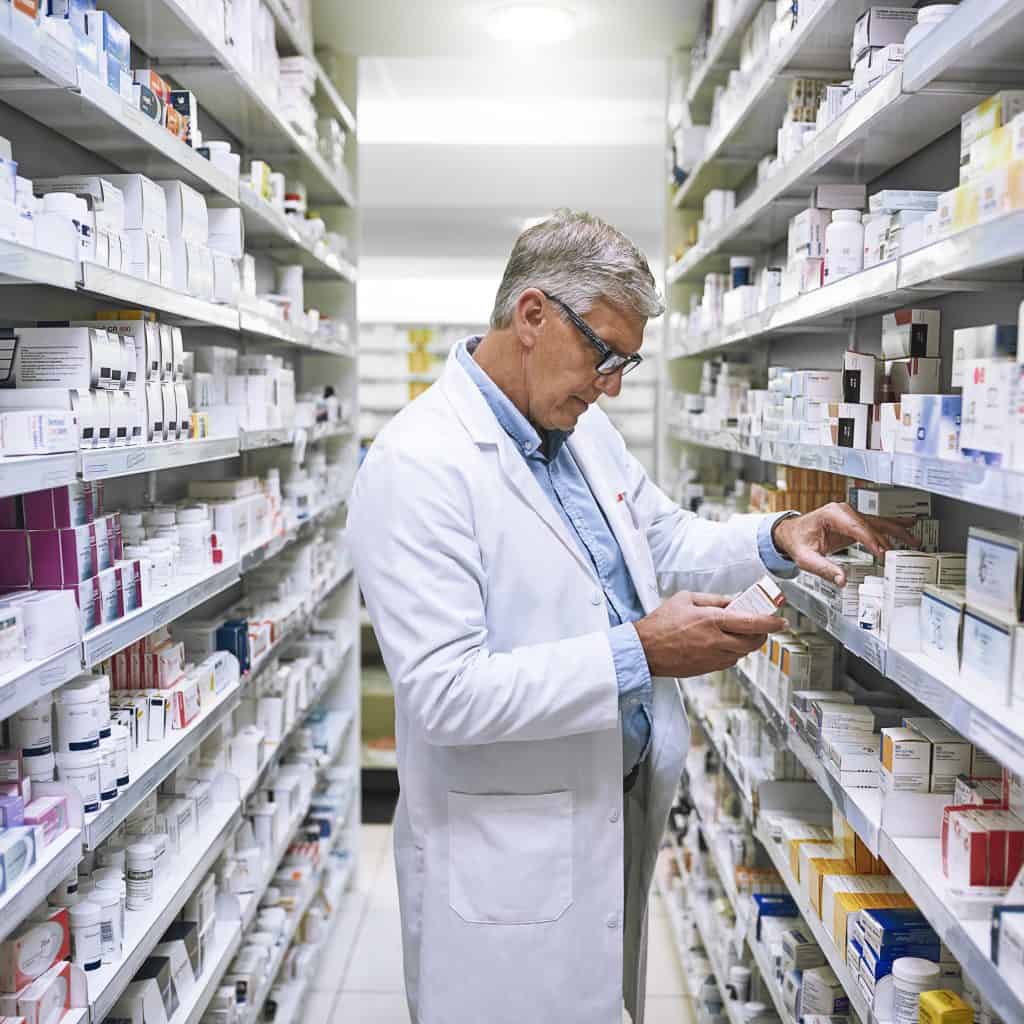Intravenous immune globulin (IVIG) is a therapy that involves the administration of human antibodies derived from blood donors through subcutaneous or intravenous injection. Known as a “plasma derivative,” it is derived from the liquid portion of blood plasma without cells. IVIG is used to treat various immunodeficiencies and conditions, including autoimmune, infectious, and inflammatory disorders.

History of IVIG therapy
The history of IVIG therapy dates to the 1950s when it was first used to treat patients with primary immunodeficiency disorders. IVIG works by providing a boost to the immune system, helping to normalize a compromised immune system and improve the body’s ability to fight off infections and diseases.

Today’s immunoglobulin product market
As of now, there are 16 different immunoglobulin products available on the market, which have six FDA-approved indications.1 Eight have a subcutaneous formulation and the others are administered intravenously. The indications for IVIG therapy are diverse and include primary immunodeficiency (PID), idiopathic thrombocytopenic purpura (ITP), chronic lymphocytic leukemia, multifocal motor neuropathy, chronic inflammatory demyelinating polyneuropathy (CIDP), and Kawasaki disease. Additionally, immunoglobulin has been used in the treatment of more than 100 other disease states but are considered off-label due to their lack of clinical trial data.1
Although each available product is similar, there are clinical factors that need to be considered when switching products. Each product contains immunoglobulin G but may also contain other immunoglobulins, such as immunoglobulin A and immunoglobulin M, along with other ingredients that can create tolerability issues when switching between products. The different formulations also can result in changes in product concentration and infusion rates, as well as tolerability.2
In terms of cost, IVIG therapy can be quite expensive. The cost varies depending on factors such as the dosage, frequency of administration, and the specific brand of IVIG used. In 2023, IVIG ranked as #16 in the top U.S. healthcare expenditures at $6.3 billion, up 2.5% from the previous year.3
Current research and development efforts
The pharmaceutical industry is continuously working on research and development efforts to improve the effectiveness and safety of IVIG therapy. This includes exploring new formulations, delivery methods, and potential indications for its use. Targeted new indications include Myasthenia Gravis, Chronic Inflammatory Demyelinating Polyradiculoneuropathy, and Late-Onset Combined Immune Deficiency which uses phenotyping to target specific patients and could lead to insights into genetic diagnoses.1
Plan sponsors should assess the following key considerations:
- IVIG is indicated for several conditions. Plan Sponsors should ask their pharmacy teams to explain how they develop guidelines for appropriate use, ensuring that IVIG is prescribed only when clinically necessary and to prevent off-label use.
- With the large number of immunoglobulin products on the market, formulary management is an important way to maximize the value of these therapies. Plan Sponsors should work with their pharmacy provider and MMA to assure appropriate patient access to immunoglobulins.

How can Marsh McLennan Agency Help?
Marsh McLennan Agency’s team is here to help you evaluate and manage your pharmacy program. We are a trusted partner who can identify real opportunities for savings and help you make sense of your program, control your spend, and deliver savings to your organization. Learn more about how our Pharmacy Practice can provide end-to-end plan support to fit your organization’s needs.
This article was originally featured in our Rx Newsletter. Sign up to receive our quarterly newsletter emails.
Sources:
- Siegel J., “Ig FAQ: What’s the Future for Ig Therapies?,” Specialty Pharmacy Continuum Ask the Expert, accessed September 23, 2024, https://www.specialtypharmacycontinuum.com/Ask-The-Expert/Article/09-21/Ig-FAQ-Whats-the-Future-for-Ig-Therapies/64749.
- Siegel J., “Immune Globulins: Therapeutic, Pharmaceutical, Cost, and Administration Considerations,” Specialty Pharmacy Continuum, accessed September 23, 2024, https://www.specialtypharmacycontinuum.com/download/PF241_WM.pdf.
- Tichy EM, et al., “National trends in prescription drug expenditures and projections for 2024,” American Journal of Health-System Pharmacy, accessed September 23, 2024, https://academic.oup.com/ajhp/article-abstract/81/14/583/7657643?redirectedFrom=fulltext&login=false.





